Government Regulations:
This course fully satisfies the following OSHA regulations:
* OSHA 29 CFR 1926 Subpart Z (1926.1100-1153)
* OSHA 29 CFR 1910 Subpart H (1910.101-126)
*49 CFR Subtitle B, Chapter I, Subchapter A 100-199
Sub-Title:
Certification for OSHA 29 CFR 1926 Subpart Z (1926.1100-1153), OSHA 29 CFR 1910 Subpart H (1910.101-126) and 49 CFR Subtitle B, Chapter I, Subchapter A 100-199
Who Needs this Training?
According to OSHA 49 CFR All hazmat shipments that leave your facility must comply with the US DOT Hazardous Materials Regulations (49 CFR). Training is mandatory for managers and employees who prepare hazmat for transport.
1910.120(a)(2)(i)
All requirements of Part 1910 and Part 1926 of Title 29 of the Code of Federal Regulations apply pursuant to their terms to hazardous waste and emergency response operations whether covered by this section or not. If there is a conflict or overlap, the provision more protective of employee safety and health shall apply without regard to 29 CFR 1910.5(c)(1).
- General Industry Workers
- Construction Workers
Dangers of Remaining Uncertified
According to the U.S. DOT Pipeline and Hazardous Materials Safety Administration reported a total of 3,391 incidents of hazmat spills during transit.
Included Topics
By the end of this course we will have covered the following topics:
Introduction-1:44
Topic 1: General Requirements-
Topic 2: Exposure to hazardous materials
Topic 3: Hazards associated with hazardous materials
Topic 4: Controlling physical hazards of hazardous materials
Topic 5: Controlling health hazards of hazardous materials
Topic 6: Public safety
Topic 7: Emergency response
Topic 8: Training requirements
Topic 9: Hazardous Materials Worksheets
Summary-
Course Layout
Course format consists of video instruction, intermediate quizzes, and Final Knowledge Check
Course Duration
A minimum of 45 minutes is required to complete this course.
Recertification
When an employer has reason to believe that an affected worker does not recognize existing hazards or proper handling of materials at some point after the initial training, the employer is required to provide retraining for that worker, in accordance with 49 CFR, 29 CFR 1926 and 29 CFR 1910. For example, workers must be retrained when:
- Changes in the workplace render previous training obsolete.
- Chemicals, storage, or handling procedures being used have changed.
- Inadequacies in workers’ knowledge or handling of materials indicates that they do not adequately understand training.
Certificate of Completion
A completion certificate is available for printing immediately upon successfully finishing the course.
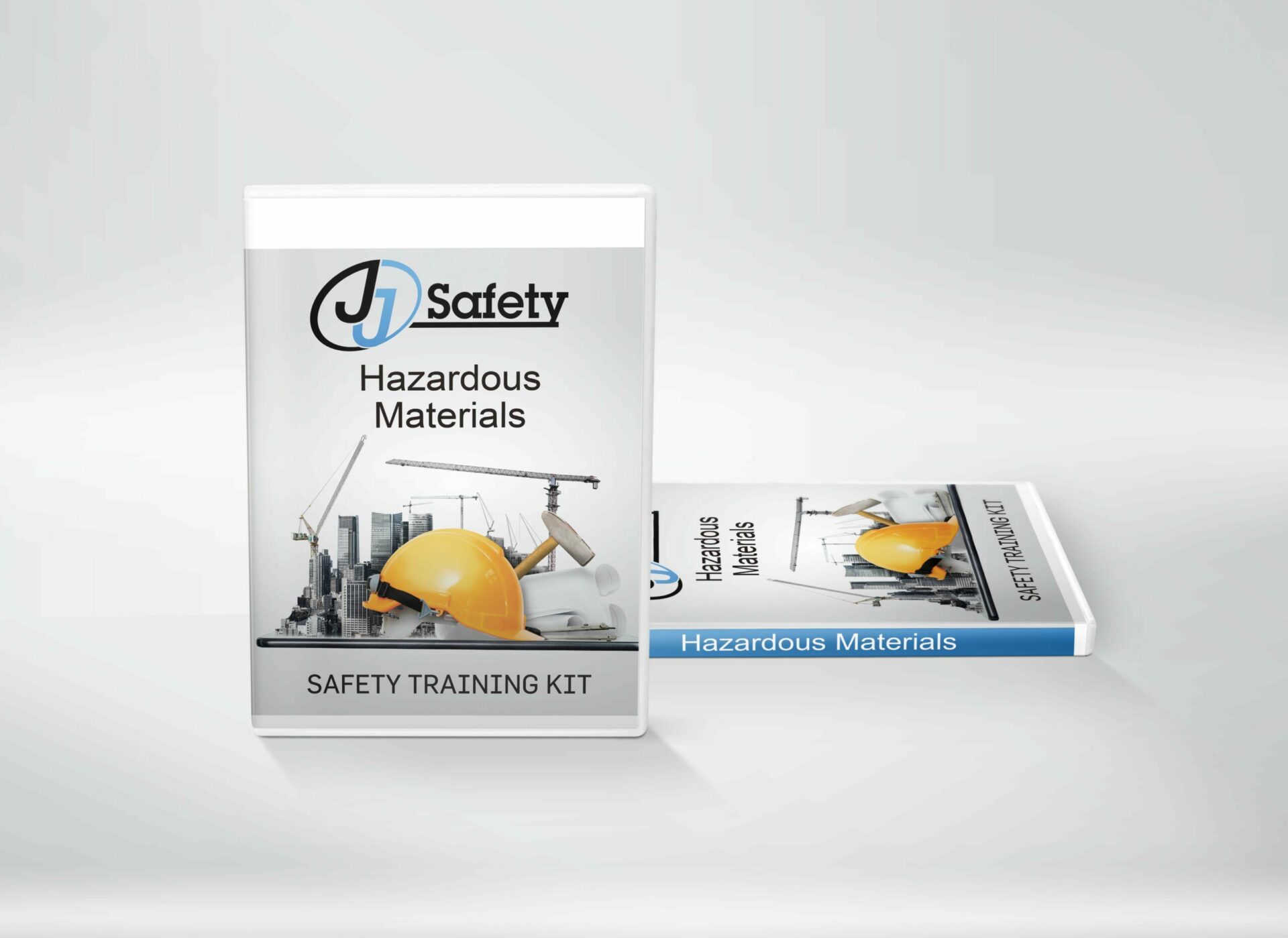
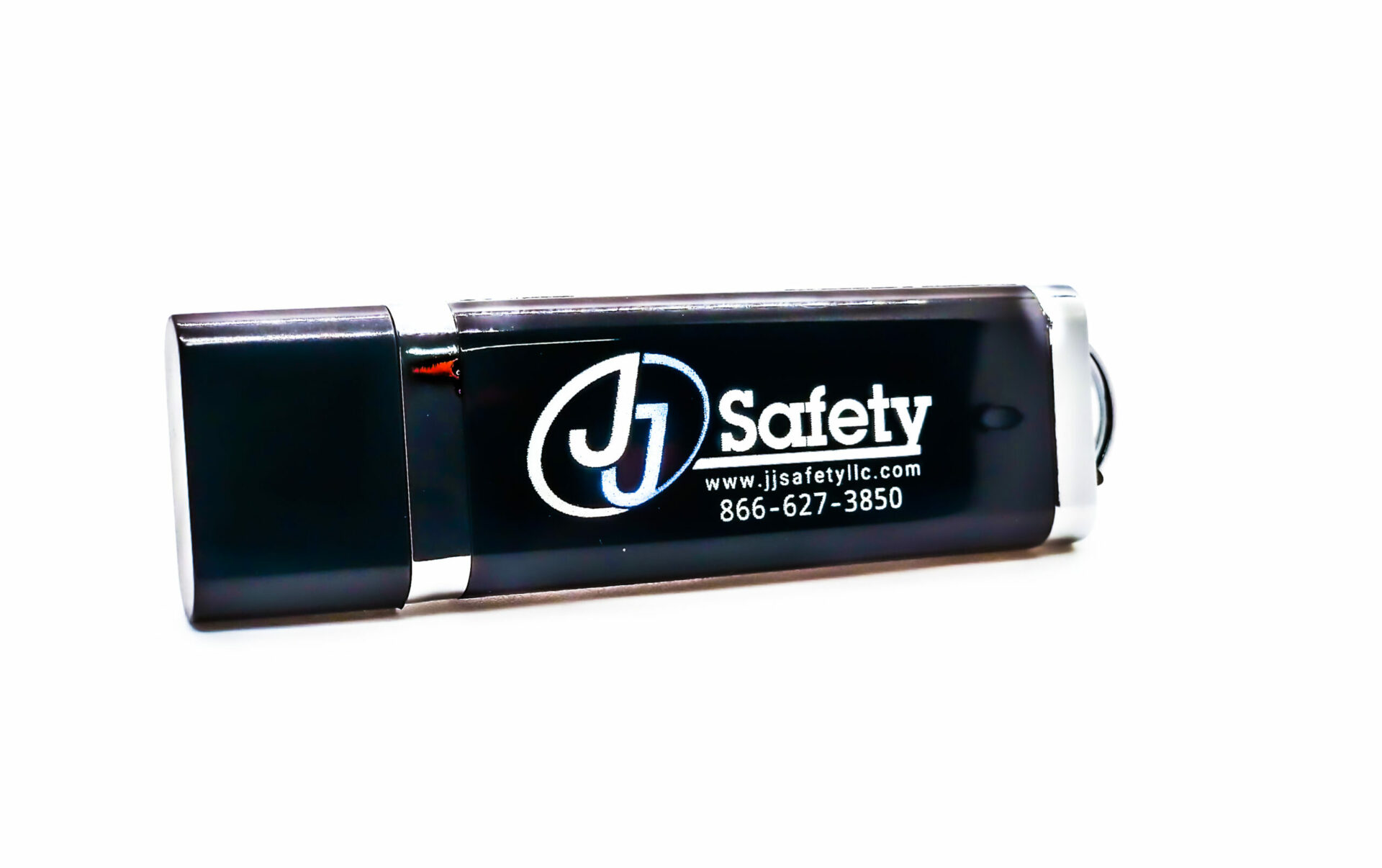
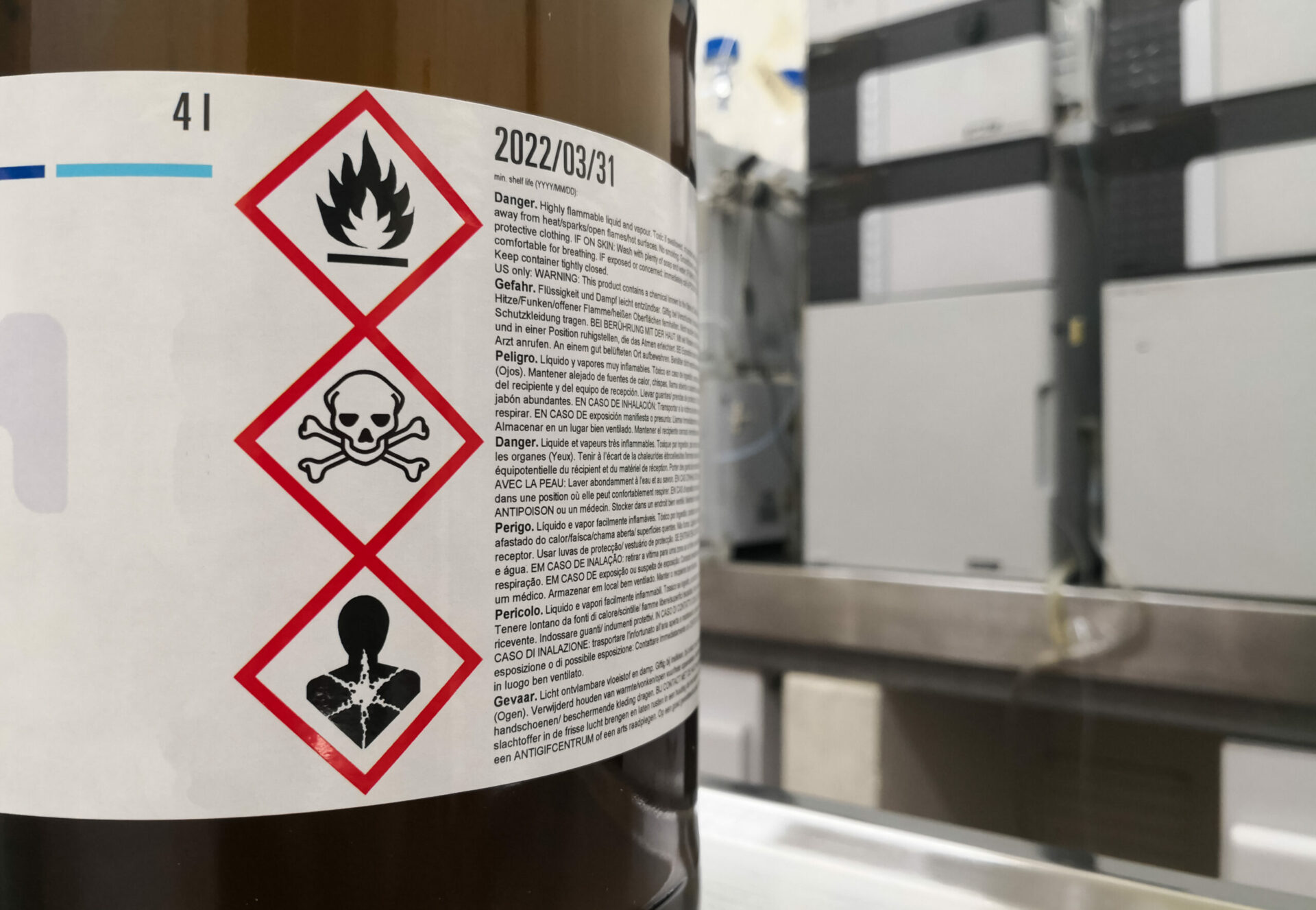
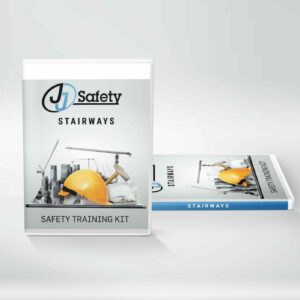
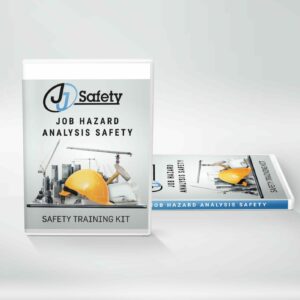
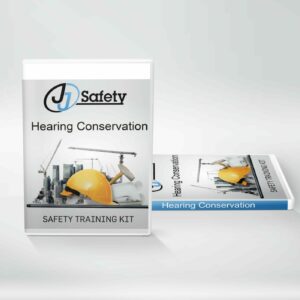
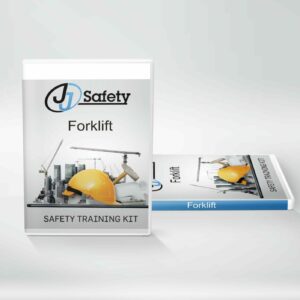
Reviews
There are no reviews yet.